Home>Ideas and Tips>Home Theater Room Soundproofing to Contain Your Movie Audio
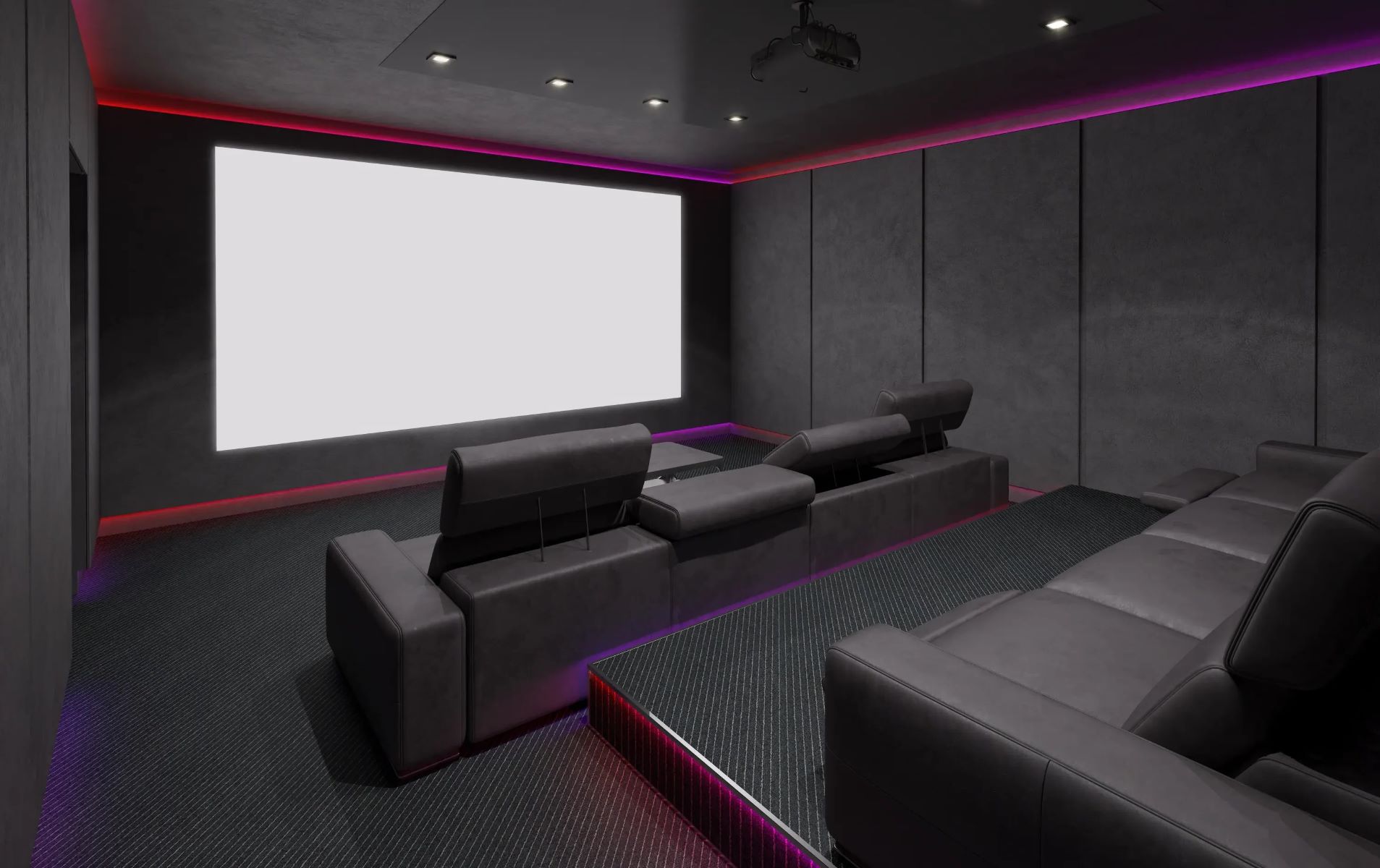

Ideas and Tips
Home Theater Room Soundproofing to Contain Your Movie Audio
Modified: October 28, 2024
Learn how to soundproof your home theater room to enjoy immersive movie audio without disturbing others. Follow our expert tips and techniques.
(Many of the links in this article redirect to a specific reviewed product. Your purchase of these products through affiliate links helps to generate commission for Storables.com, at no extra cost. Learn more)
Creating a home theater room that provides an immersive cinematic experience without disturbing the rest of the household is a challenging task. Soundproofing is crucial to ensure that the audio remains within the room, enhancing the overall viewing experience. In this article, we will delve into the best practices and techniques for soundproofing a home theater room, providing you with a comprehensive guide to achieve optimal results.
Understanding Sound Transmission
Before diving into the specifics of soundproofing, it's essential to understand how sound travels. Sound is an energy produced when objects vibrate. These vibrations create compressions and rarefactions in the air, which our ears perceive as sound. The ability of sound to travel through walls, floors, and ceilings is influenced by the material type and density of these surfaces. Heavier and denser materials tend to diminish the amount of sound transmitted, making them ideal for soundproofing.
Read more: How To Soundproof A Home Theater Room
The Importance of Soundproofing
Soundproofing isn't just about reducing noise; it's about creating an immersive environment that enhances your movie experience. A well-soundproofed home theater room allows you to enjoy your favorite films at higher volumes without disturbing others. This is particularly important if you have a large family or live in a multi-story house where noise can easily travel between floors.
Reducing Sound Waves Outside the Room
The primary goal of soundproofing is to reduce the sound waves traveling outside the room. This involves several steps:
-
Sealing Gaps and Cracks: One of the most effective ways to soundproof a room is by sealing all gaps and cracks. Use acoustic caulk to fill any openings around windows, doors, and electrical outlets. This prevents sound from escaping through these small openings.
-
Using Mass-Loaded Vinyl: Mass-loaded vinyl is a heavy, flexible material that can be applied to walls and ceilings. It helps in reducing sound transmission by adding mass to the surface, thereby reducing vibrations.
-
Double Drywall: Installing double drywall with green glue between the layers is an effective method for soundproofing walls. The green glue acts as an acoustic caulk, reducing the transmission of sound through the drywall.
-
Acoustic Panels: Acoustic panels are designed to absorb sound waves rather than reflect them. These panels come in various shapes, sizes, and colors and can be attached to walls or placed freestanding. They help in reducing reverberations within the room, improving overall acoustics.
-
Carpet Tiles: Carpet tiles are another effective tool for soundproofing. They not only absorb sound waves but also help in evoking a luxurious movie theater ambiance. They are particularly useful in basements where hard surfaces can reflect sound.
-
Bass Traps: Bass traps are specifically designed to dampen low-frequency sounds. These traps come in various shapes and sizes and are placed strategically around the room to minimize bass resonance.
Managing Sound Waves Inside the Room
While reducing sound waves outside the room is crucial, managing sound waves inside the room is equally important for an immersive experience.
-
Acoustic Control: Acoustic control involves managing sound waves inside the room to maximize enjoyment. This includes using acoustic panels, bass traps, and other absorptive materials to control reverberations and ensure clear dialogue.
-
Room Equalization: Room equalization involves adjusting the frequency output of your speakers to match the acoustic properties of your room. This can be done using graphic equalizers or parametric control apps available in some AVRs.
Choosing the Right Room
Selecting the right room for your home theater is critical. Ideally, you want a room that requires minimal modifications and won't easily disturb others.
-
Location: The location of your home theater room should be away from living areas, bedrooms, and offices. Ideally, it should be on the ground floor with no adjacent rooms.
-
Size and Shape: The size and shape of the room also play a significant role. A rectangular shape with enough space for acoustic paneling is ideal. The room should be large enough to accommodate your seating arrangement without being too cramped.
Soundproofing Fundamentals
Soundproofing involves several fundamental steps that can significantly improve the acoustics of your home theater room.
-
STC Rating: The standard for how well a wall or barrier blocks airborne sound is something called an STC (Sound Transmission Class) rating. For a home theater, a minimum STC rating of 50 is recommended. Professional theaters typically have an STC rating of 65.
-
Insulation: Choosing the right insulation is crucial for soundproofing. Mineral wool, also known as rock wool or slag wool, is widely recognized as an excellent soundproofing material due to its density and non-directional fiber orientation.
-
Door Seals: Doors are one of the primary pathways for sound leakage. Using solid wood doors with air gap seals can significantly reduce sound transmission. Ensure that the fit is as tight as possible to prevent any gaps.
-
Flooring: Flooring can also be a significant source of sound leakage. Using carpet tiles or hardwood flooring with area rugs can help absorb sound waves and reduce transmission.
Additional Tips
Here are some additional tips to help you soundproof your home theater room effectively:
-
Mini-Split Systems: Containing sound within a room also creates a very tight room that will become very warm due to people and equipment. Using a central hot air or air conditioning system involves returns and vents placed in the room, which can allow sound to escape. Installing a mini-split type system specific for this room can eliminate the possibility of sound escaping through the heating system.
-
Speaker Placement: The placement of speakers can also impact sound quality and leakage. Placing speakers in a way that they point towards the center of the room rather than directly at walls can help reduce sound reflection and leakage.
-
Acoustic Caulking: Acoustic caulking is a specialized type of caulk designed specifically for sealing gaps and cracks in walls and ceilings. It helps in reducing sound transmission by filling small openings.
-
Professional Advice: Finally, it's always advisable to seek professional advice when it comes to soundproofing. A professional can assess your specific situation and provide tailored recommendations based on your needs and budget.
Conclusion
Soundproofing a home theater room is a multi-faceted process that requires careful planning and execution. By understanding how sound travels, choosing the right materials, and following best practices, you can create an immersive cinematic experience without disturbing others. Whether you're a movie enthusiast or just looking to enhance your home entertainment setup, these tips will help you achieve optimal results in soundproofing your home theater room.
By following these steps and tips, you'll be well on your way to creating a home theater room that provides an unparalleled cinematic experience while keeping the noise contained within. Remember, soundproofing is not just about reducing noise; it's about creating an environment where you can fully immerse yourself in your favorite films without any distractions.
Was this page helpful?
At Storables.com, we guarantee accurate and reliable information. Our content, validated by Expert Board Contributors, is crafted following stringent Editorial Policies. We're committed to providing you with well-researched, expert-backed insights for all your informational needs.
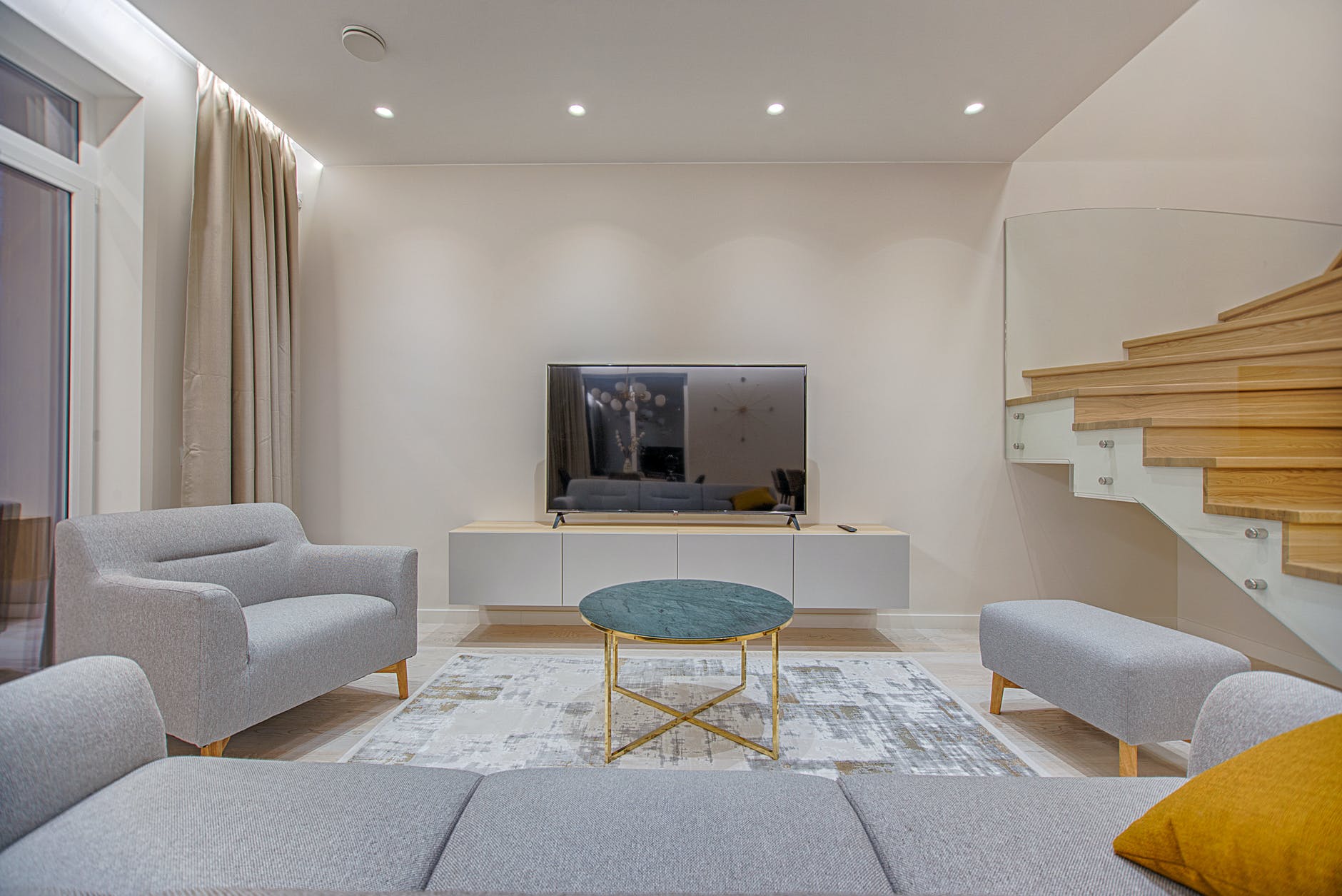

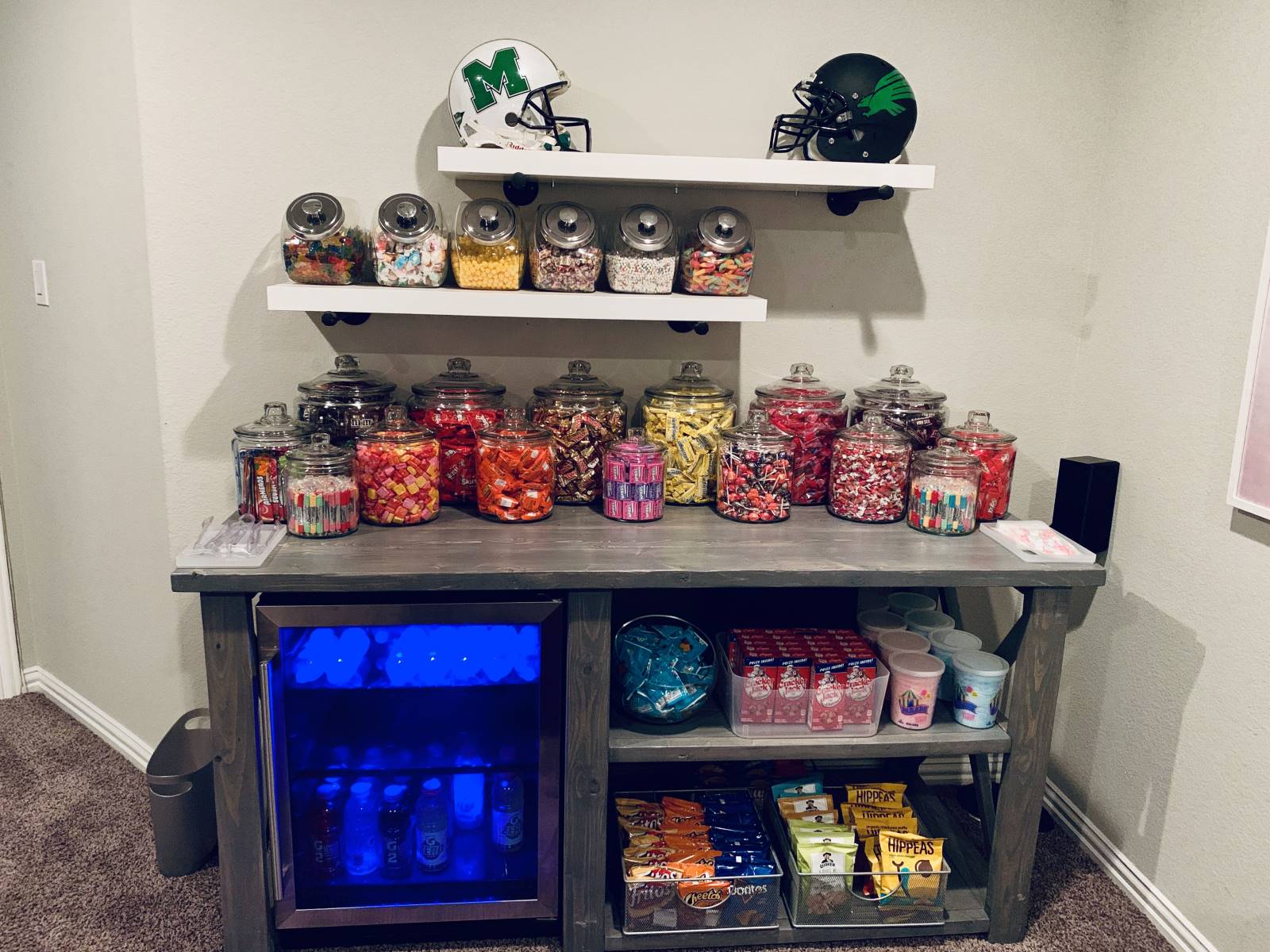
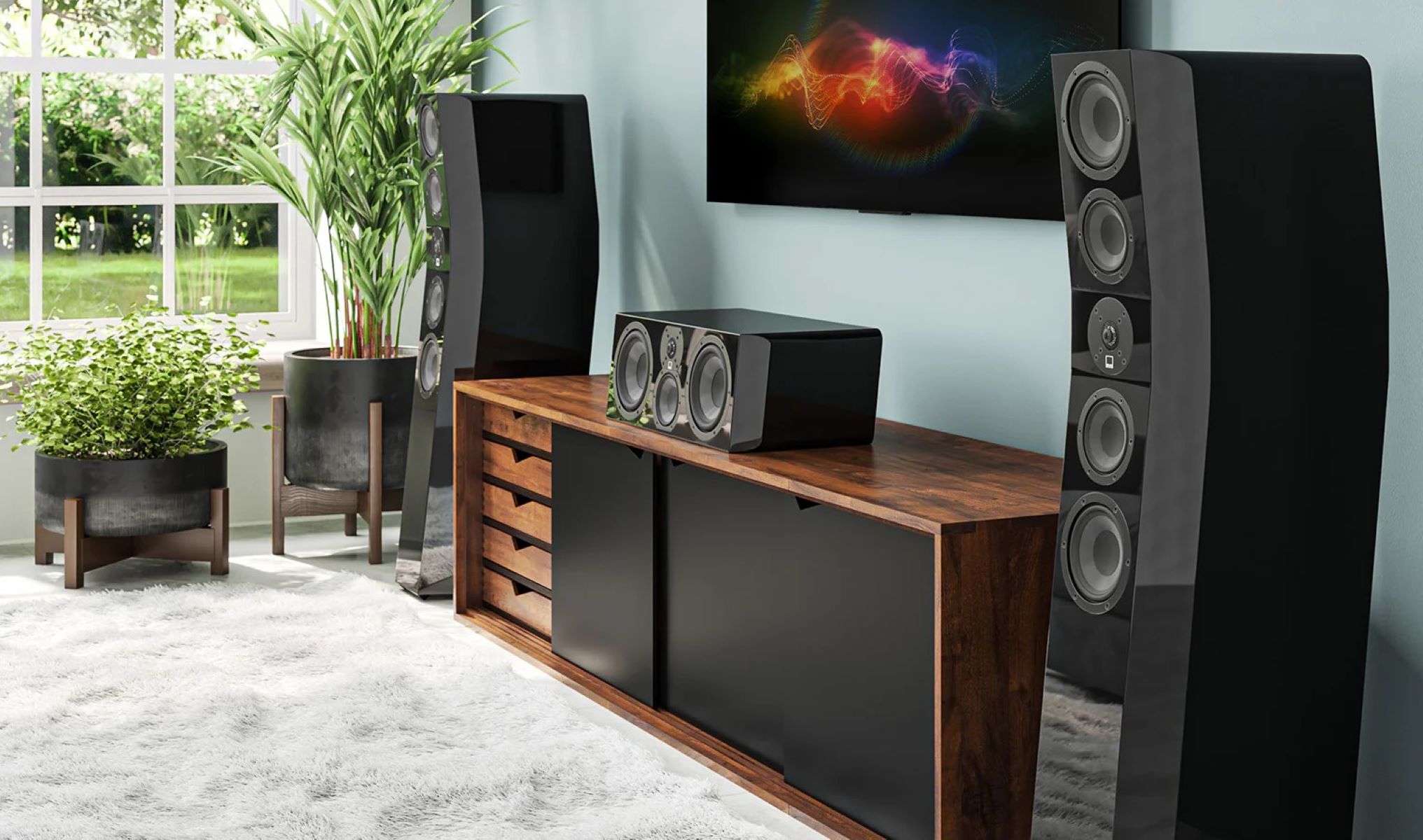
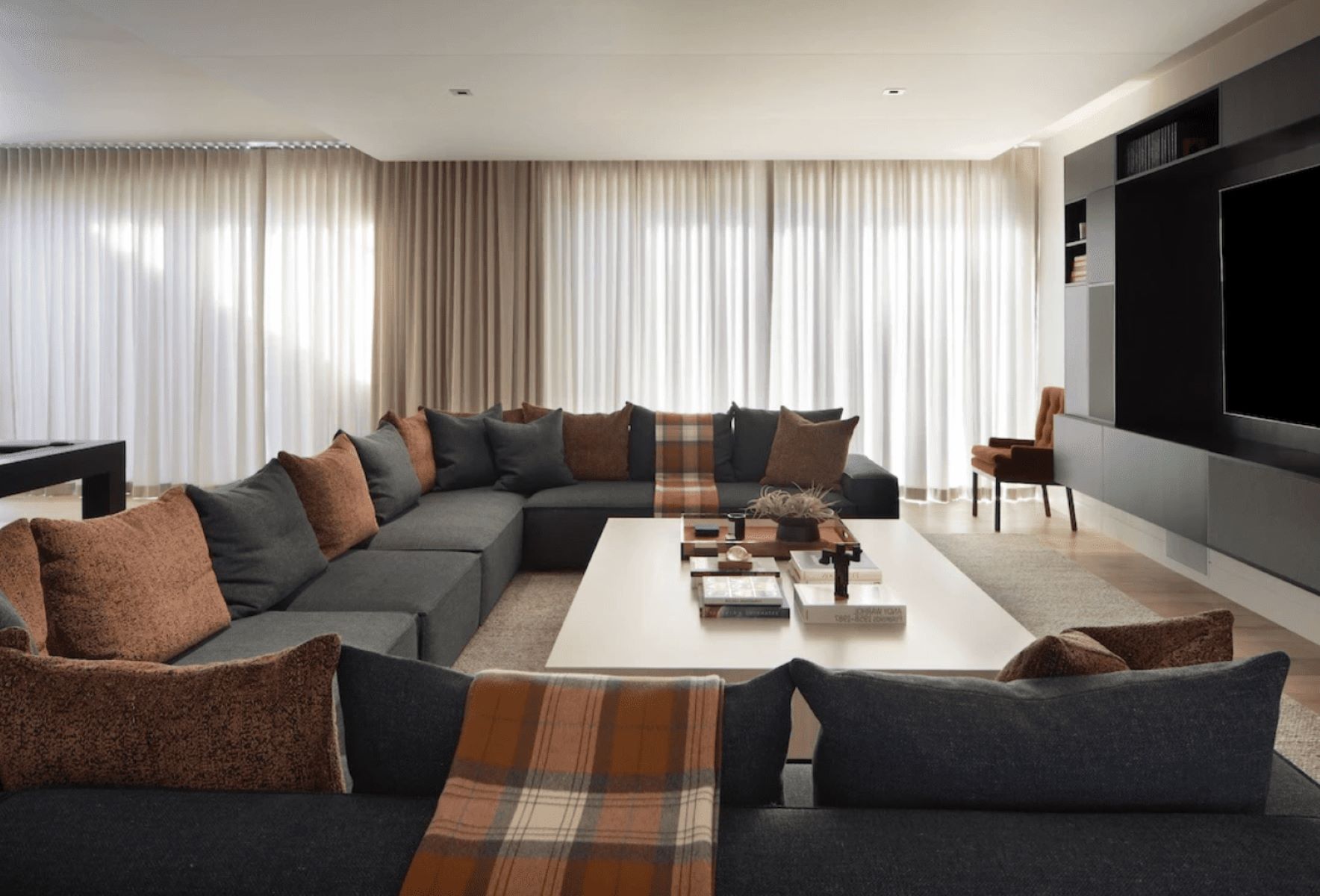
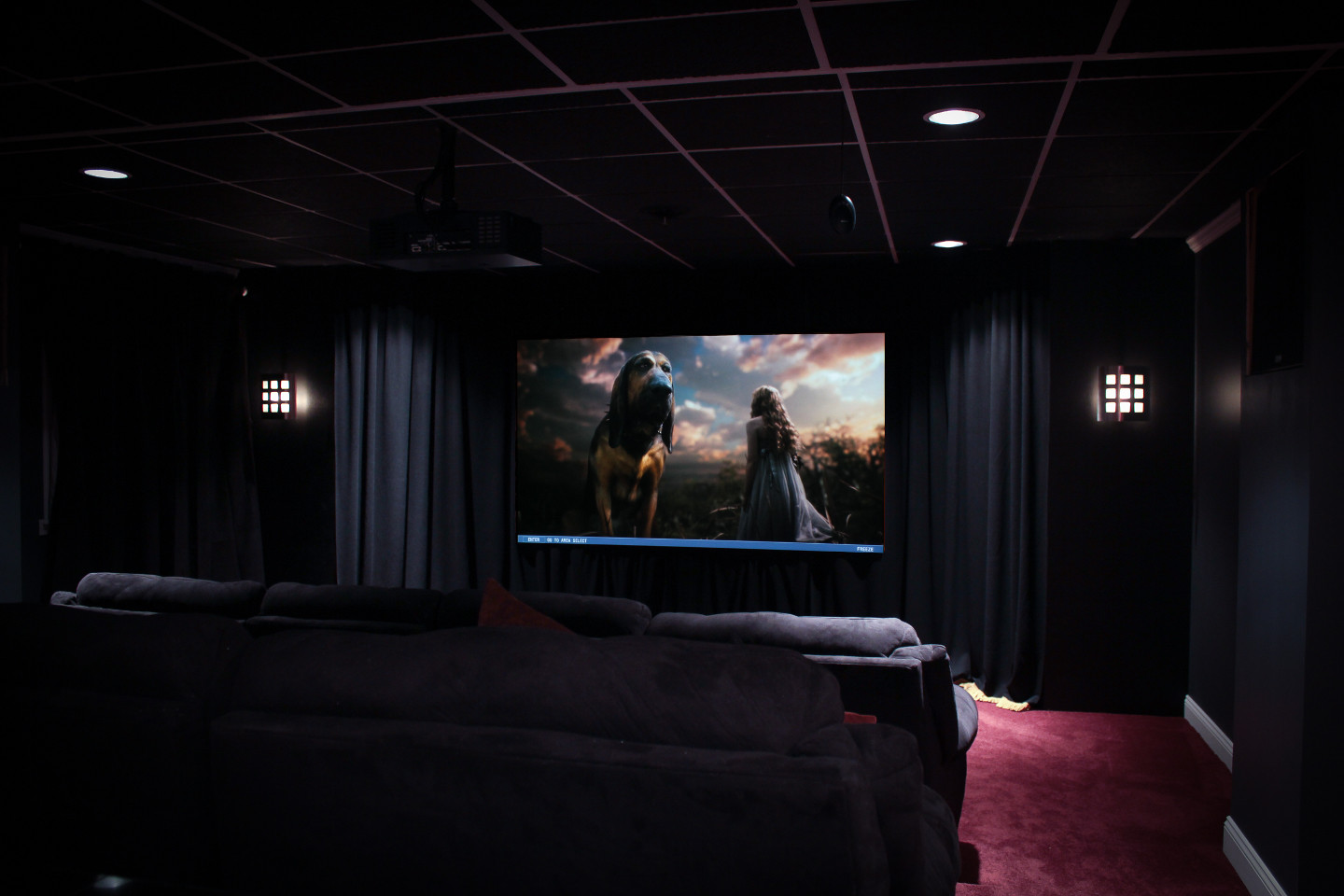
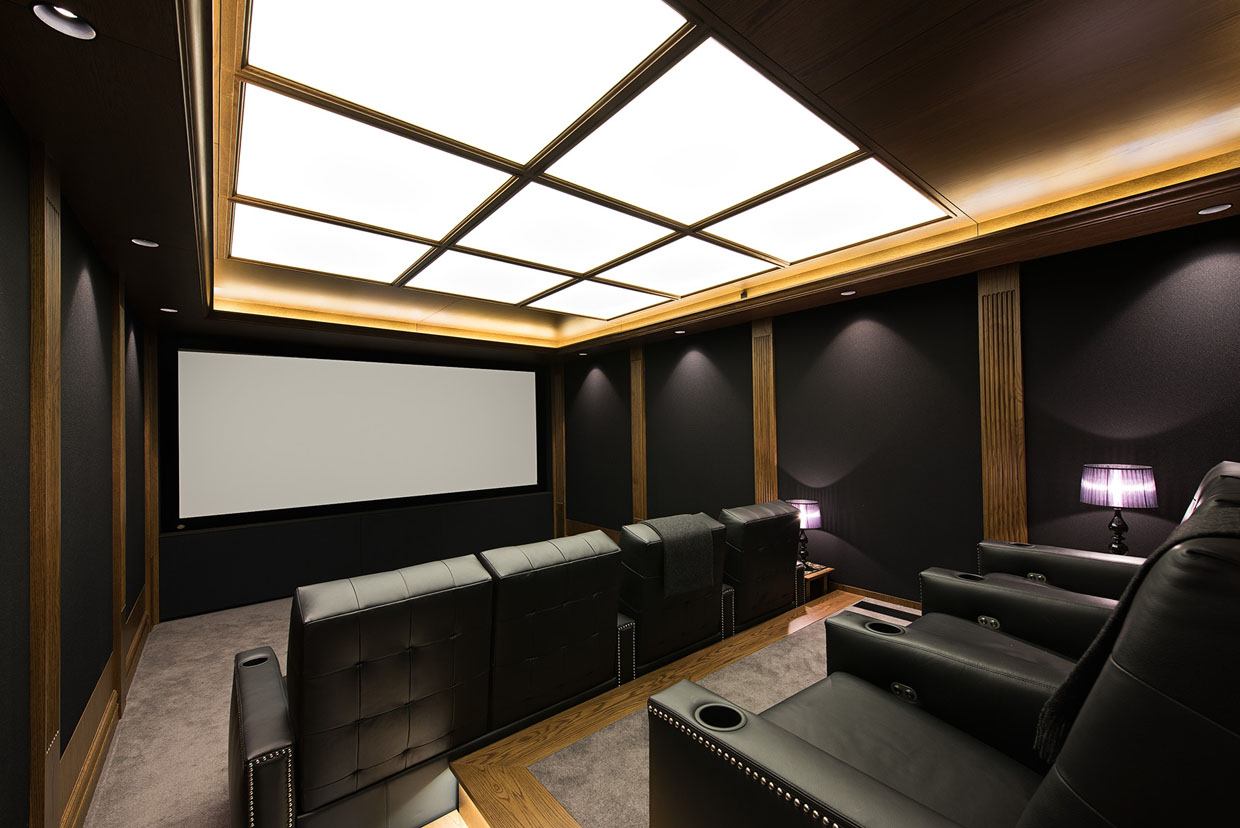
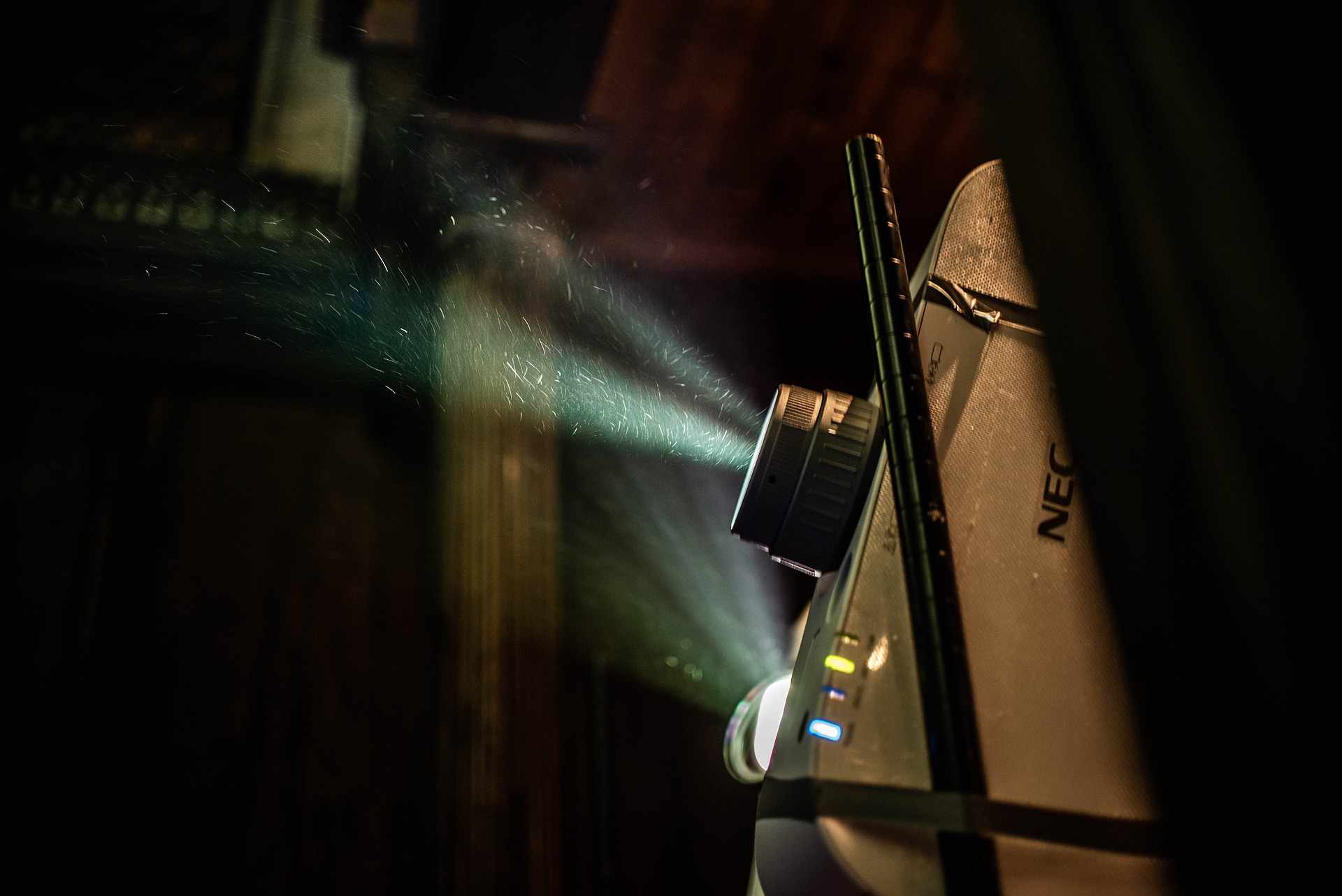
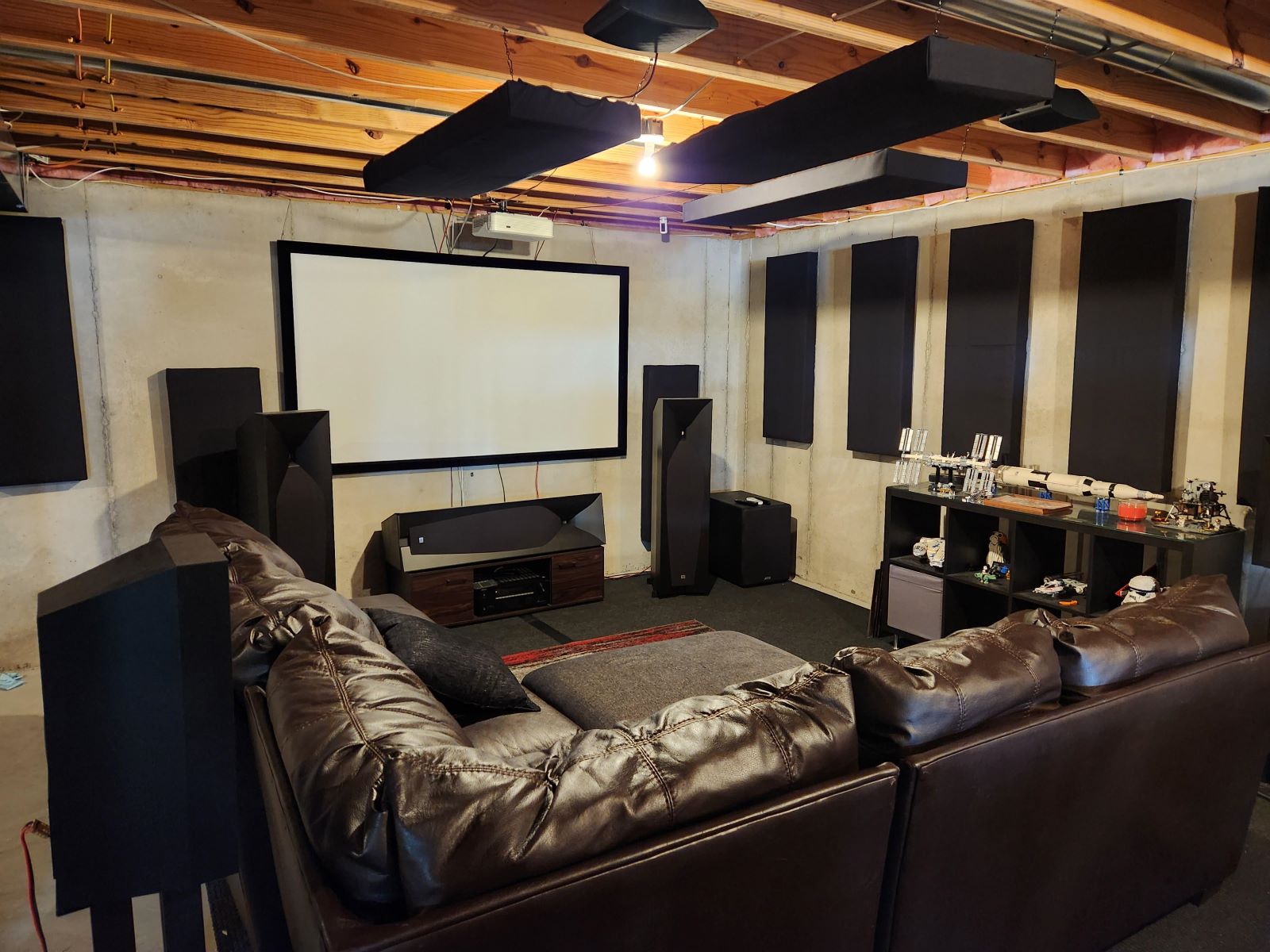
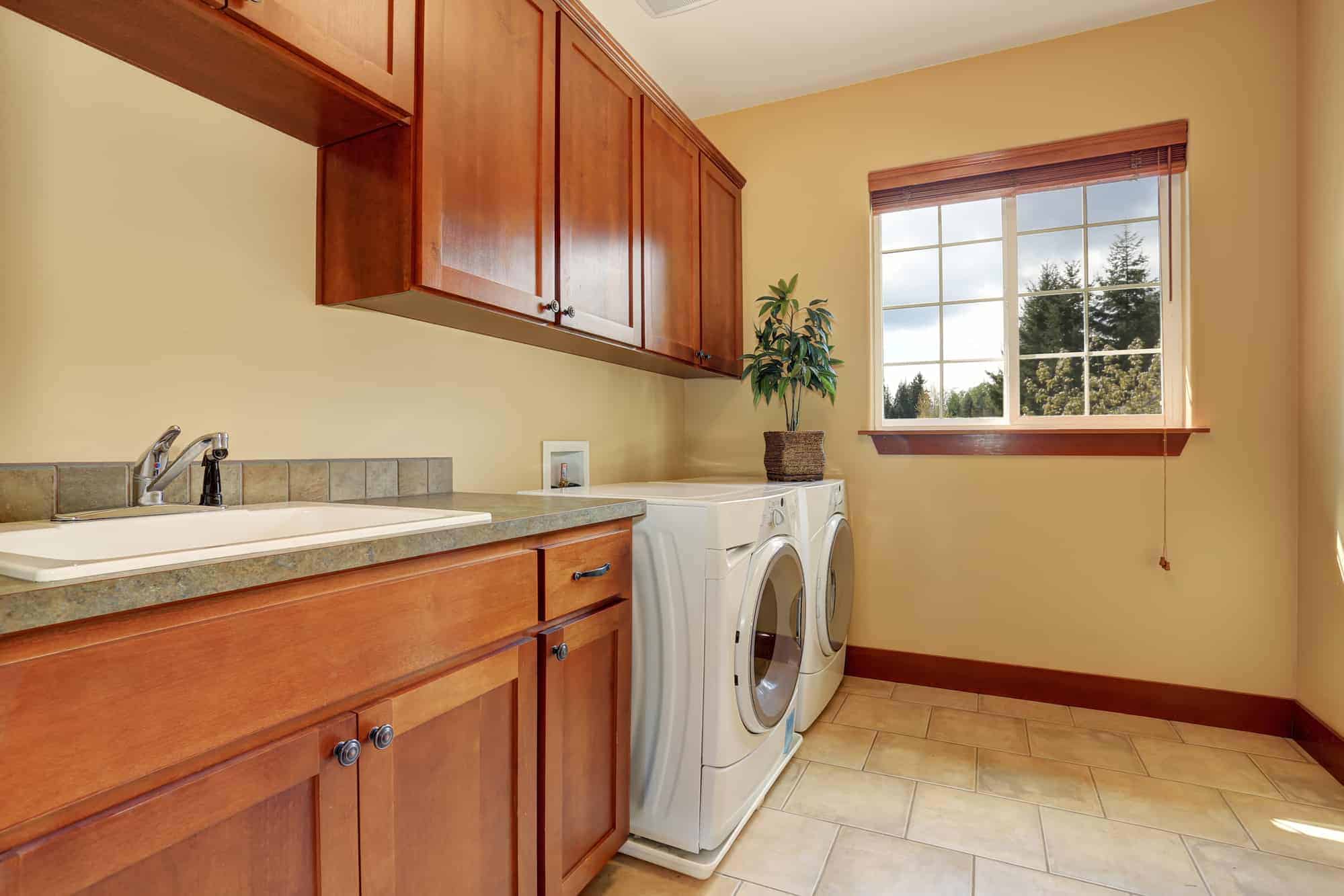
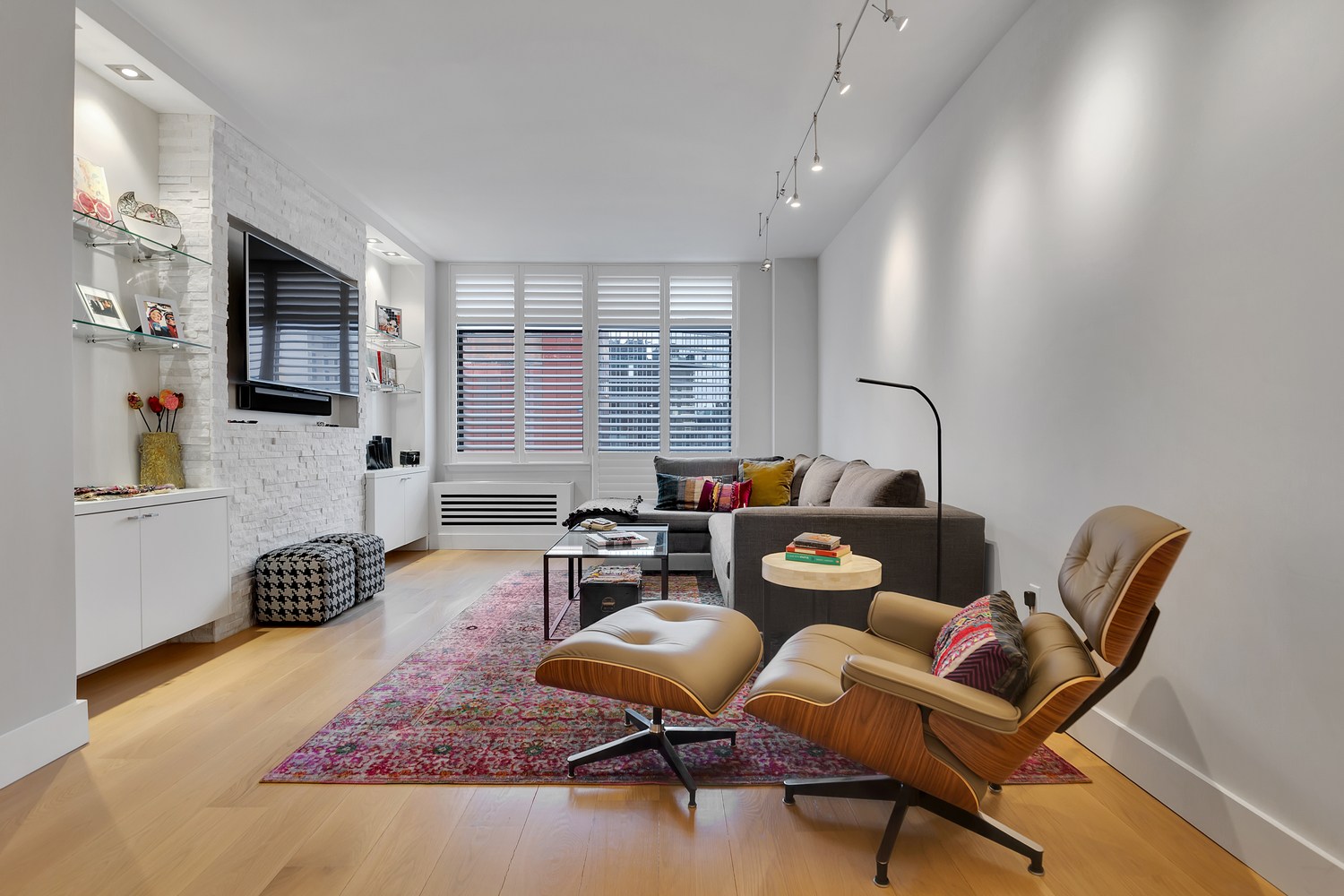
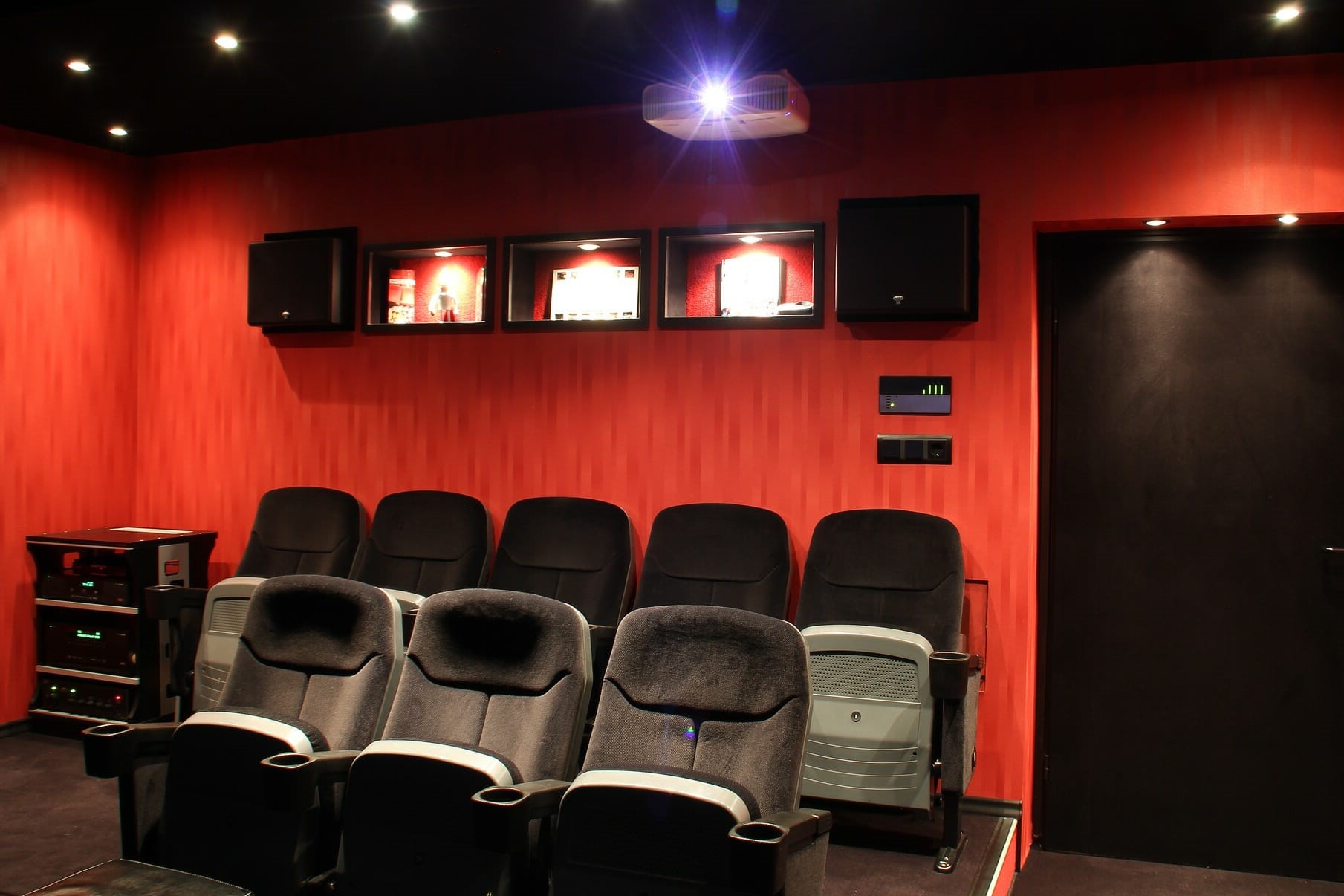
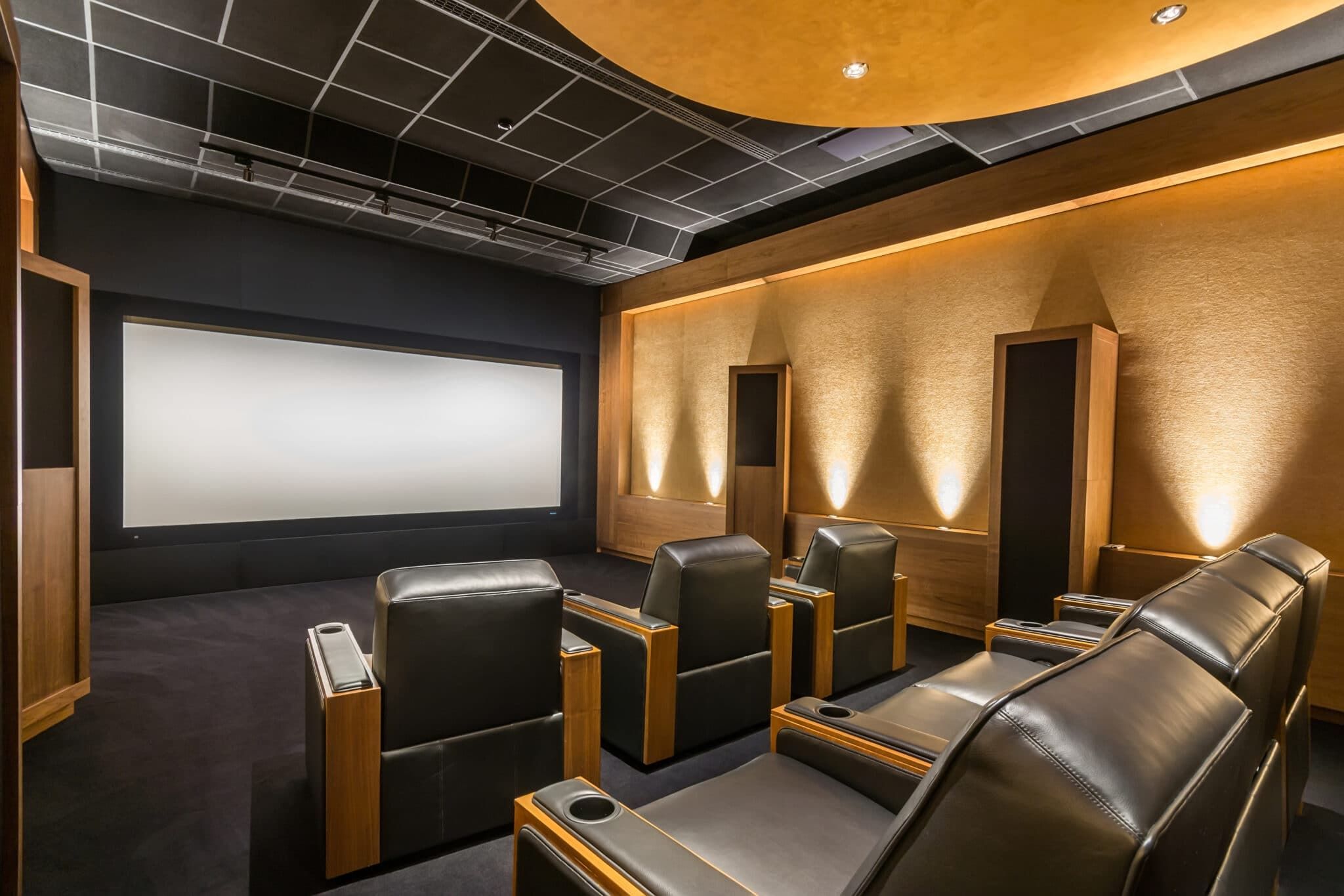
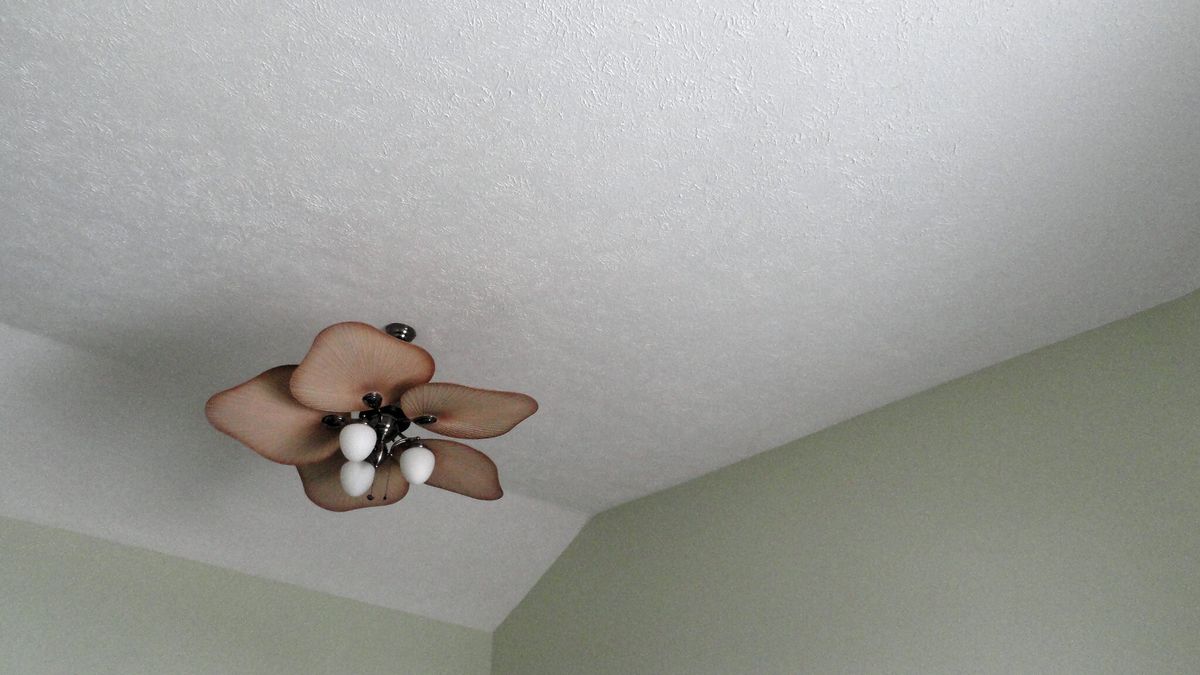

0 thoughts on “Home Theater Room Soundproofing to Contain Your Movie Audio”